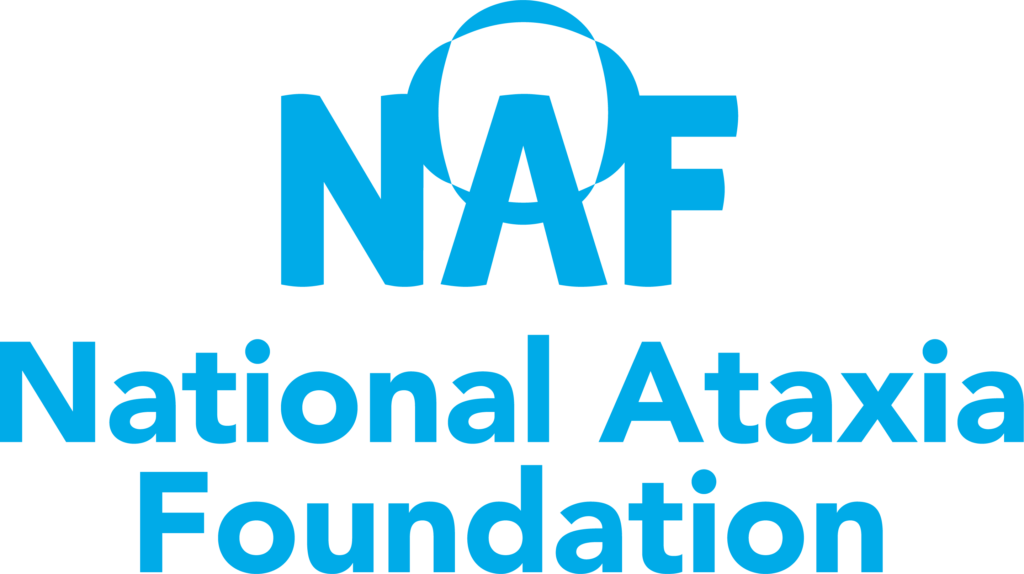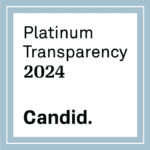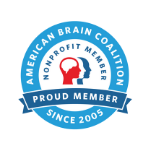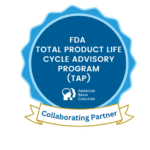
Getting a new medicine approved for use in the United States involves a detailed process overseen by the U.S. Food and Drug Administration (FDA). This process is called the New Drug Application (NDA). NDAs are crucial for making sure medicines are safe and effective before they’re available to the public. Pharmaceutical companies present an NDA to the FDA to request that their new drug be approved for sale and advertising in the United States.
Steps in the NDA Process
Before a pharmaceutical company can even submit an NDA, they spend years doing research and testing. This includes studies to check how safe the medicine is, how well it works for treating specific conditions, and what side effects might happen. Learn more about this early process by reading our post on Investigational New Drug applications.
When the company is ready, they gather all their research and submit it to the FDA through an application formally known as a New Drug Application, or NDA. The FDA will then decide whether to review an application. The FDA might decline to review an NDA if they believe there is not enough data included or if part of the application is missing. Once an NDA has been selected for further review, the FDA will examine the full application very carefully to decide if the medicine should be approved.
What Happens During FDA Review
The FDA looks at all the data the company provides. They review many aspects of a potential drug, including:
- The results of clinical trials, to confirm that the drug is safe and effective, and that the benefits of the drug outweigh any associated risks. They also look at
- How the medicine is made, and how it will be labeled and used.
- All ingredients, manufacturing processes, and labels (the printed inserts packaged with any dispensed drug) to confirm that they are consistent and safe.
Sometimes, the FDA asks a group of outside experts to review the information too. These experts give their opinions, which help the FDA make a final decision.
FDA Decision-Making
After reviewing the entire application, the FDA can do a few things:
- Approve the NDA: If the FDA thinks the medicine is safe and works well based on the evidence, they approve it. This means the medicine can be advertised and sold to be used by doctors and patients.
- Issue a Complete Response Letter (CRL): Sometimes, the FDA asks for more information before making a decision. They send a CRL to the company, explaining what they need to know. The company has a chance to add additional information for further review.
- Deny the NDA: If the FDA finds serious concerns about safety or how well the medicine works, they can deny approval. This means the company cannot market and produce the drug, and the medicine will not be available to the public.
What Happens After Approval
If a medicine is approved, the FDA continues to track its usage to make sure it stays safe. Companies are asked to conduct a Phase IV clinical trial, which focuses on understanding the side effects of the medication after it has been approved. The FDA might ask the company to change the label if new information comes up about risks or benefits of the drug.
Final Takeaways
Getting a new drug approved is a long and careful process overseen by the FDA. It involves a lot of testing and review to make sure proposed medications are safe and work well. This process helps protect people’s health and ensures that when a new medicine is available, it’s been thoroughly checked and approved for use.
The FDA’s NDA process is important because it makes sure medicines are safe and effective for everyone who uses them. By following these rules, pharmaceutical companies help keep people healthy and make sure medicines do what they are supposed to without causing harm.
To learn more about NDAs, please visit the U.S. Food and Drug Administration website.
Read Our Other PrepRARE Articles
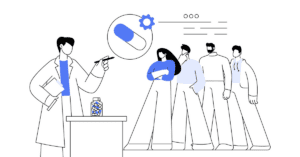
Eligibility in Clinical Trials: Learn More about Inclusion and Exclusion Criteria
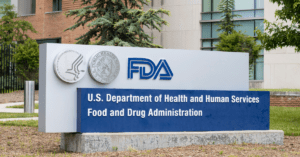
All About New Drug Applications (NDAs)
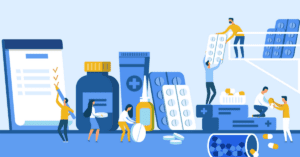
What is an Investigational New Drug (IND) application?

Patient Registries – What are they and why do they matter?
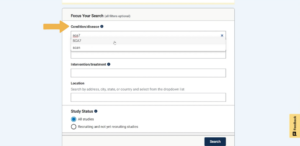
Finding Clinical Trial Information Using ClinicalTrials.Gov




